Ballan wrasse require specialized feed that caters to its ‘fussy’ taste preferences and unique nutritional needs
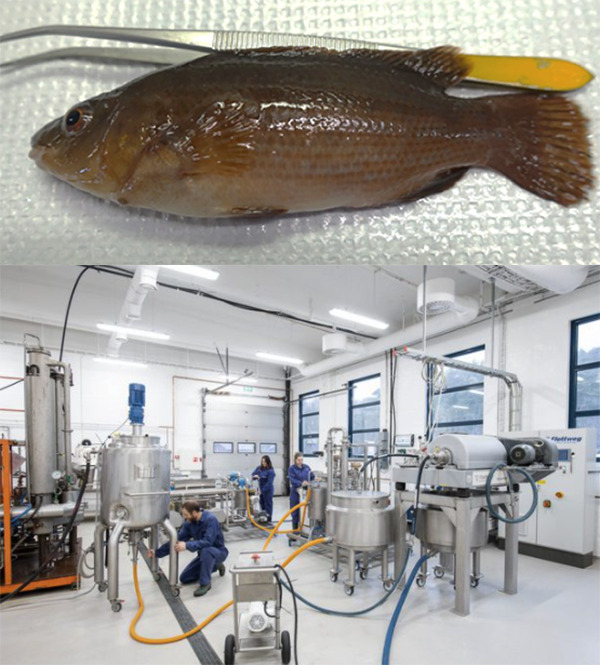
Norwegian food research institute Nofima has identified the key feed components for ballan wrasse (Labrus bergylta) – a sea lice cleaner fish that’s of growing importance to Norway’s salmon industry. Producing healthy ballan wrasse with salmon in net-pens is challenging, but the study gives insight into creating a feed that could optimize the health and welfare of the species.
In the CleanFeed project, scientists from Nofima, the Norwegian University of Life Sciences (NMBU) and the Institute of Marine Research (IMR) conducted several nutritional trials on ballan wrasse. Funded by the Norwegian Seafood Research Fund (FHF), the initiative has helped advance knowledge in three main areas: feed technology, nutrients and raw materials for feed.
Unlike salmon, the ballan wrasse lacks stomach and pyloric caeca and has a short, simple intestine, which affects feed utilization. The ballan wrasse is the best lice eater, but according to Nofima researchers, it must be given a feed that meets its nutritional needs and has a taste that it likes to stay healthy and do its job.
Avoid heat extruded feed
According to a recent Nofima report, farmed ballan wrasse that receive usual (heat) extruded feed at early stages develop skeletal deformities. The researchers believe the species can’t tolerate extruded feeds because high extrusion temperatures make feed nutrients harder to access for ballan wrasse, which lacks stomach and acid digestion.
“It is great news that producers of ballan wrasse feed are already using these results, and are producing ballan wrasse feed using ‘cold-extrusion,’” said senior scientist Ingrid Lein.
Positive effects of marine phospholipids in the feed
The researchers also investigated how the amount of fat in the feed affected the performance of ballan wrasse, and what it means for the fish whether phospholipids in the feed originate from marine or vegetable sources. Phospholipids are types of fat that are the main components of cell membranes. Findings indicate that using marine phospholipids in the feed gives positive results, especially when the total fat content in the feed is increased.
“When marine phospholipids accounted for half of the fat, growth increased and intestinal health improved,” said senior scientist Gerd Marit Berge.
Ballan wrasse have champagne tastes
Compared to other species, the ballan wrasse is “very fussy about its feed.” If it dislikes the taste, it will reject it, and it prefers a feed made up of expensive raw materials, such as cod and shrimp meal. One trial explored whether it is possible to swap these raw materials with more affordable options (such as poultry meal and krill meal), but all the new ingredient combinations resulted in lower growth.
So far, the scientists can’t determine whether this is because of taste and feed intake, or lower digestibility and utilization of the feed. Nonetheless, Nofima researchers plan to explore whether it’s possible to partially replace the more expensive raw materials to get a more affordable feed.
“If we manage to find a more affordable feed that the ballan wrasse likes, and that contains enough available nutrients, we will be able to offer an important contribution to the production of good quality cleaner fish,” said Lein.
Read more about the study here.
Follow the Advocate on Twitter @GSA_Advocate
Now that you've reached the end of the article ...
… please consider supporting GSA’s mission to advance responsible seafood practices through education, advocacy and third-party assurances. The Advocate aims to document the evolution of responsible seafood practices and share the expansive knowledge of our vast network of contributors.
By becoming a Global Seafood Alliance member, you’re ensuring that all of the pre-competitive work we do through member benefits, resources and events can continue. Individual membership costs just $50 a year.
Not a GSA member? Join us.
Author
-
Responsible Seafood Advocate
[103,114,111,46,100,111,111,102,97,101,115,108,97,98,111,108,103,64,114,111,116,105,100,101]
Tagged With
Related Posts
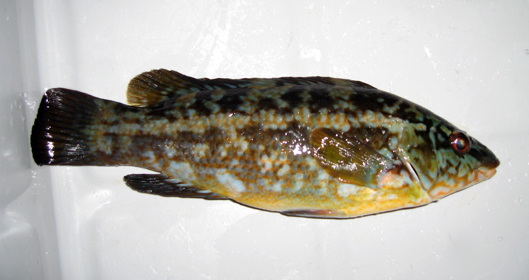
Health & Welfare
Ballan wrasse offer efficient, environmentally friendly sea lice control
The Ecofish project is developing the commercial rearing of Ballan wrasse and methods for use of the fish to control sea lice in cod and salmon cages.
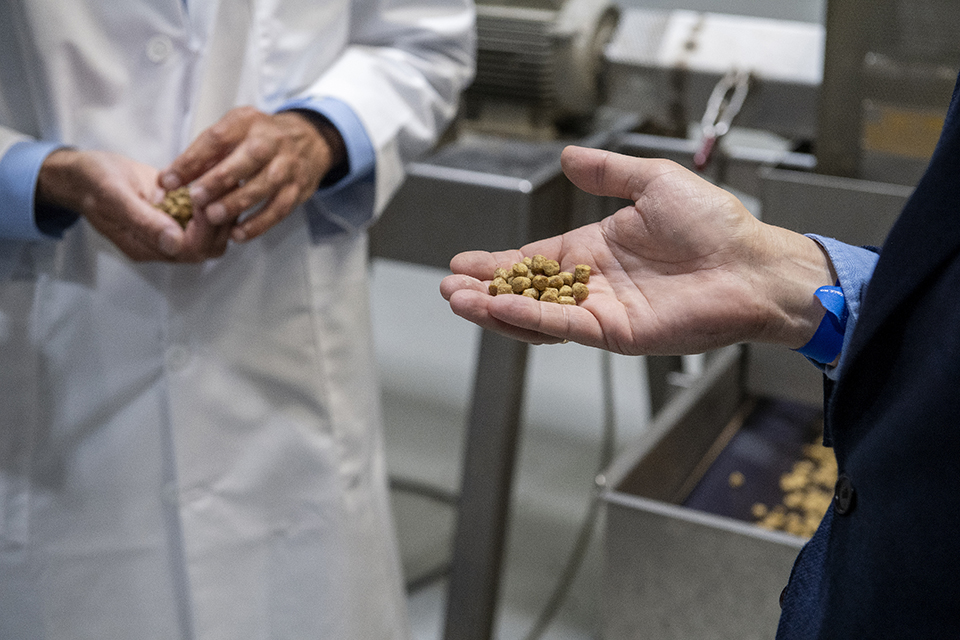
Aquafeeds
Nofima launches collaborative project to develop sustainable ingredients for farmed salmon
Nofima has launched the Millennial Salmon Project, a collaborative research initiative to develop sustainable ingredients for farmed salmon.
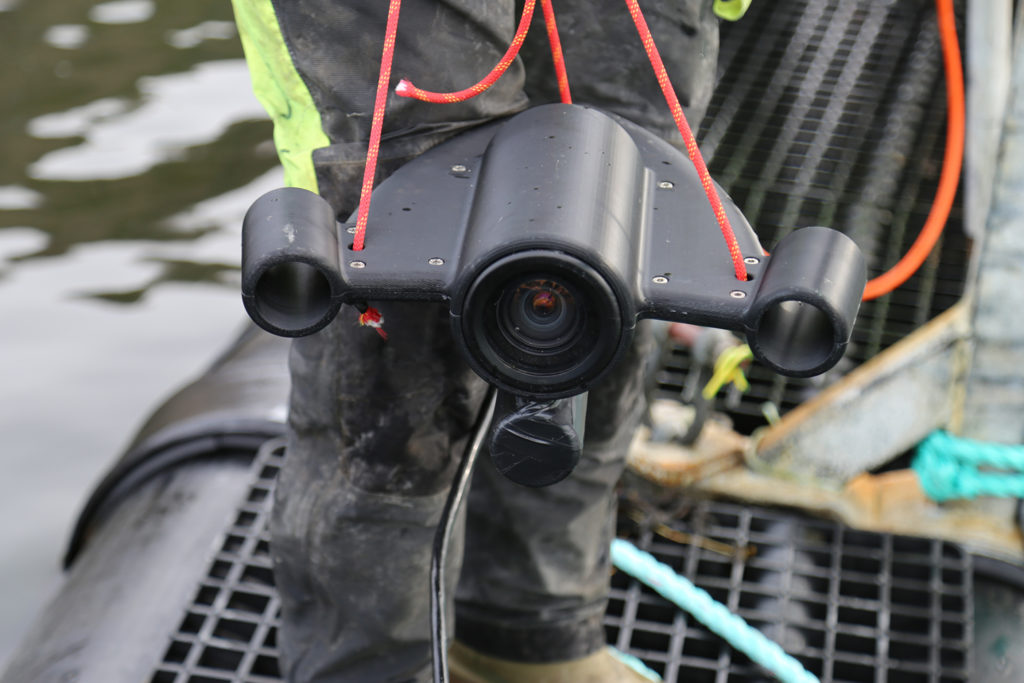
Innovation & Investment
New approaches to an age-old challenge: sea lice
Innovations to combat sea lice are in the pipeline as ambitious new companies employ a combination of innovative technological and scientific methods.
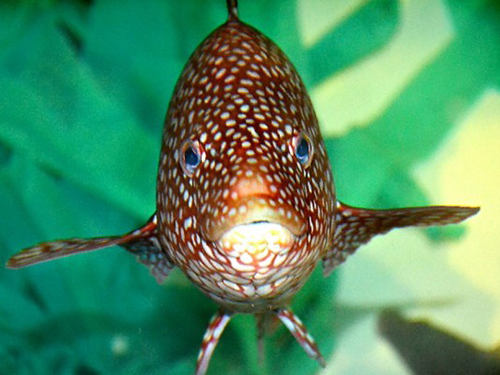
Health & Welfare
Extensive wrasse use keys up ‘cleaner fish’ conservation questions
Few could argue that a reduction in sea lice-fighting chemicals isn't a win for the fish and for the environment. The downside, however, is that increasing numbers of cleaner fish are being caught for use on salmon farms.



